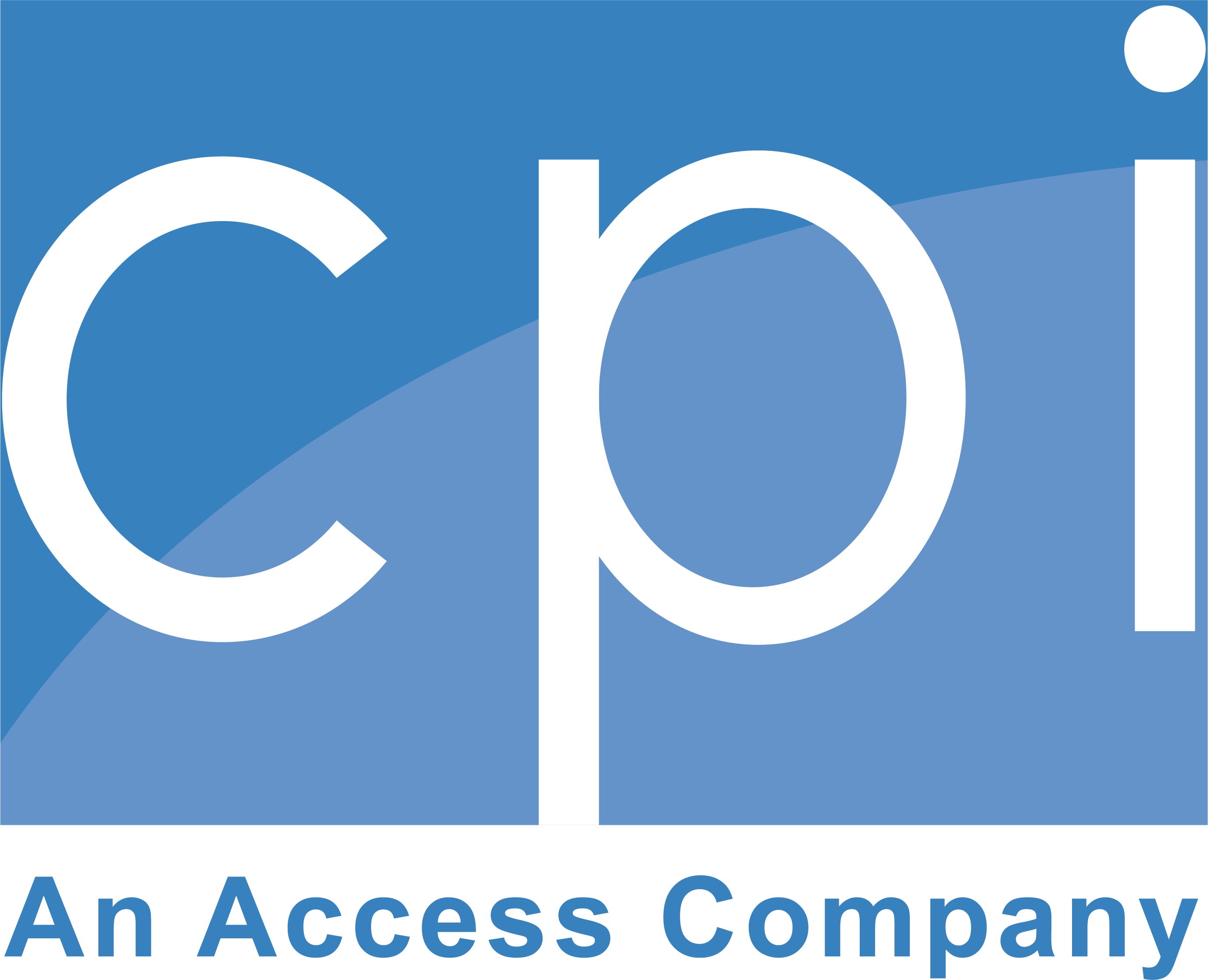Effective workplace communication is essential, and sometimes one method can better facilitate this communication than another. Learn the differences between two categories of communication and how asynchronous communication can often promote convenient and meaningful exchanges in the office.
What Is Asynchronous Communication?
There are a variety of tools people can use today to facilitate conversations. Some of these communication channels can be described as synchronous, while others are asynchronous. The simplest way to provide an asynchronous communication definition is to look at the difference between asynchronous and synchronous communication.
Synchronous Communication
In synchronous communication, a conversation takes place in real time, so responses are immediate. This includes video and voice calls and in-person conversations.
Asynchronous Communication
Asynchronous communication happens out of sync, so there is a delay between what one person says and another person’s response. Common asynchronous communication examples include email, text messages, messages through a project management or other software platform, and comments on collaborative documents.
Possible Downsides of Asynchronous Communication
Asynchronous and synchronous communication can both play a positive role in the workplace. The key is knowing which communication tool fits an occasion best. In certain contexts, synchronous communication is a better choice than asynchronous communication. That’s because asynchronous communication comes with some possible disadvantages.
Creates a Slow Response Time
If you need to get a question answered or resolve an issue quickly, asynchronous communication may not be the best choice. It’s worth noting that the lag in response time used to be more of an issue than it is today as people frequently check messaging apps, email inboxes, and texts. Many people will respond to a text or instant message, for example, in a matter of minutes. However, when it comes to email, the majority of employees expect responses from coworkers to come in over an hour.
Leaves Recipients with an Impersonal Touch
Text-based communication can also feel less personal because it typically does not involve voice or video. (An exception would be a voicemail left on someone’s phone.) With written messages, it can be difficult to detect tone, and humor can easily get lost. Using the right wording, punctuation, and even emojis can help people overcome these challenges to accurately convey their attitude in asynchronous communication.
Perpetuates “Email Fatigue”
Another concern with asynchronous communication has to do with a workplace challenge that has been dubbed “email fatigue.” Just over half of office workers ages 40 or under say the volume of emails and instant messages they receive tops their list of reasons they’d consider leaving their jobs. In some cases, answering a phone call or talking in-person may feel easier than responding to another email.
Benefits of Asynchronous Communication
Asynchronous communication offers some distinct advantages, as well, making it the best mode of communication in many instances. Let’s take a look at some of these valuable advantages.
Protects Workflows from Disruption
One big advantage of asynchronous communication is that it accommodates different schedules and allows employees to determine when they take the time to read and respond to messages. This means you’re less likely to interrupt someone’s work when you send an email, compared to calling. Workers can wait until a natural breaking point in their tasks to check their inboxes and answer messages, allowing them to maximize productivity.
Fits Hybrid and Remote Work Models
While both asynchronous and synchronous communication can connect people virtually, asynchronous communication offers some distinct advantages for distributed teams. This is an important benefit considering two-thirds of office employees are still working from home either partially or full-time, and this trend is continuing.
When you send a message to a remote coworker, you don’t have to take the time to consider their time zone or whether they’re at their desk. You can simply send your message when it’s convenient for you and get a reply when it makes sense for them. You can optimize remote communication and collaboration through unified communications.
Allows Time to Respond Thoughtfully
While the gap between a message and its response can be a point against asynchronous communication, it can also be a point for it. This time allows you to think over someone’s message and form a clear, detailed response—something that can be hard to do when you’re responding off the cuff in a phone call or meeting. The ability to privately consider a response may appeal especially to introverted employees and help them enjoy a more supportive work environment that fits their communication style.
Provides a Record of Communication
Because it’s text based, asynchronous communication also provides you with an automatic record of a conversation. If you want to remember what your coworker said, you can simply do a quick search through your messaging app or email inbox to locate and consult their original message.
CPI Helps Companies Expertly Manage Communications and Records
CPI helps companies enhance their communication in a variety of ways. One way we assist companies is by helping them establish and maintain systems for document and records management. This includes email conversations and other written communications you want to save.
Learn how one company revolutionized their document management with help from CPI in our Welasco case study.




